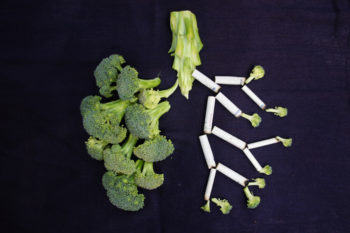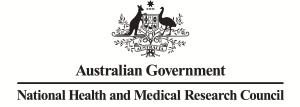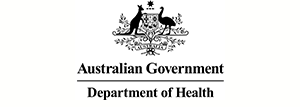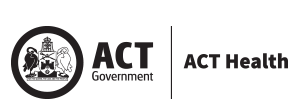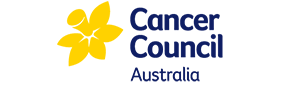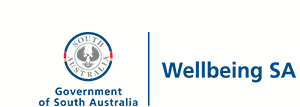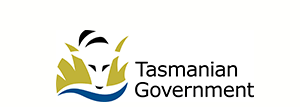Increasing the effectiveness of tobacco tax policy and health warnings

Status completed
Start Date
End Date
Australia has some of the strongest tobacco control policies in the world, yet the tobacco industry consistently undermines the effectiveness of tobacco tax increases through aggressive price-related marketing tactics.
This project will provide policymakers with clear specifications for policy proposals that should be pursued.
Introduction
The project aims to estimate the effect of establishing a standard pack/pouch size, ending price discounting, further increasing the price of RYO tobacco relative to ready-made cigarettes and establishing a minimum price for each different product type on the Australian market. It will also provide corrective information on roll-your-own (RYO) tobacco to the Australian Government to help develop a more effective Consumer Information Standard for tobacco products.
This project will continue to produce peer-reviewed publications and other resources beyond its funding end date.
About
Identifying and assessing options for reducing tobacco-related harms for high prevalence smoking groups
Project titleWhat is the issue?
Increasing the cost of tobacco products is the most effective and equitable way of reducing smoking and death and disease caused by tobacco use. Australia is leading the way with some of the strongest tobacco control policies in the world. Yet the tobacco industry consistently undermines the effectiveness of tobacco tax increases through aggressive price-related marketing tactics.
Among other price-marketing strategies, tobacco companies increasingly diversify the range of pack sizes of ready-made cigarettes and pouch sizes of roll-your-own (RYO) tobacco. Smaller packs and pouches make tobacco products more affordable, particularly for young people. Having multiple pack and pouch sizes on the market creates confusion around pricing for consumers when taxes increase: there’s always a product available that is either smaller and therefore cheaper up front, or larger and therefore cheaper per stick. Over time, more smokers have switched to RYO tobacco because it has been taxed at a lower rate.
International health and development agencies recommend taxing all tobacco products consistently, banning trade discounts, and establishing minimum pricingas strategies to improve the efficiency of tax policy. Standardising pack and pouch size would also prevent price variation per tobacco stick. In Australia, these measures could be achieved by tightening current legislation that seeks to ban all forms of promotion (Tobacco Advertising Prohibition Act 1992) as well as legislation aimed at reducing the attractiveness of tobacco products (Tobacco Plain Packaging Act 2011).
RYO tobacco is increasingly used by population groups with high smoking prevalence, including young people, those from low socioeconomic areas, the unemployed, homeless or imprisoned, and those with a mental illness or other drug or alcohol dependency. Of concern, many RYO smokers incorrectly believe RYO tobacco is less harmful than the tobacco in ready-made cigarettes. Mandated, clearly presented graphic warning statements and explanations on RYO pouches can provide product-specific health information about risks to virtually every consumer at the time and place of use.
How is the project addressing the issue?
The project will model the impact on prices, consumption and quitting, individually and then as a group, for the following legislative changes:
- Standardise pack and pouch size: Eliminating all cigarette pack sizes other than those containing 20 or 25 cigarettes, and all RYO pouch sizes other than those containing 30g of tobacco
- Ban price discounting: Increasing the price of each individual product to its recommended retail price in every outlet across the market
- Adopt minimum price per cigarette stick (or gram of RYO tobacco): Raising prices in all outlets to the current mid-point of budget brands at a minimum
- Increase taxes on RYO tobacco relative to ready-made cigarettes.
A second part of the project will design revised and expanded warning messages using the most recent communications research. Corrective information will be developed for RYO pouches, tested and refined using focus groups of RYO smokers and then changes will be recommended to the Consumer Product Information Standard for RYO tobacco products. By better understanding consumer beliefs and attitudes, we can propose the format, content and wording for RYO packaging, making it harder for consumers to ignore the health risks of smoking.
Relevance for policy and practice
This project will provide policymakers with clear specifications for policy proposals that should be pursued, and estimate the effects on consumption, uptake, and quitting behaviour, all forecasted using valid estimates of effects on morbidity, mortality and health care costs.
Together, RYO-specific corrective information and increasing the price of RYO tobacco relative to ready-made cigarettes should help prevent or at least reduce further increases in sales and prevalence of RYO tobacco, and increase smoking cessation among RYO users.
What are the expected outcomes?
At the end of this project, we will be able to estimate the effect of establishing a standard pack/pouch size, ending price discounting, further increasing the price of RYO tobacco relative to ready-made cigarettes and establishing a minimum price for each different product type on the Australian market.
We will also provide corrective information on RYO tobacco to the Australian Government to help develop a more effective Consumer Information Standard for tobacco products during 2020–2021.
Publications
Other publications
Presentations
- Bayly M. Tobacco industry responses to roll-your-own tobacco tax harmonisation. Oceania Tobacco Control Conference, Sydney, Australia. 22–24 October 2019.
- Brennan E. Exploring Australian Smokers’ Responses to Novel Cigarette Pack Inserts: Qualitative Study. Oceania Tobacco Control Conference, Sydney, Australia. 22–24 October 2019. Oceania Tobacco Control Conference, Sydney, Australia. 22–24 October 2019.
- Scollo M. Policy under the microscope – translating the “what do we want?” to the “how do we get it”. Oceania Tobacco Control Conference, Sydney, Australia. 22–24 October 2019.
- Wakefield M. Impact of large and sustained recent increases in tobacco taxes on Australian smoking prevalence. Oceania Tobacco Control Conference, Sydney, Australia. 22–24 October 2019.


